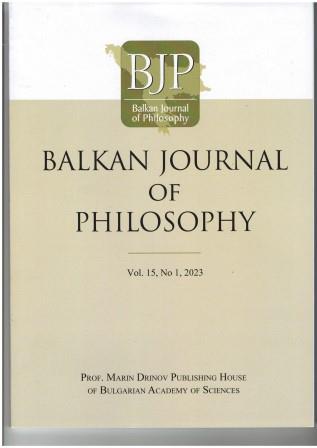Clashes of temporality in AI and artistic creativity
Clashes of temporality in AI and artistic creativity
Author(s): Nevena IvanovaSubject(s): Philosophy, Social Sciences, Fine Arts / Performing Arts, Epistemology, Social Philosophy, Special Branches of Philosophy, Sociology, Philosophy of Science, Sociology of the arts, business, education, Sociology of Art
Published by: Институт по философия и социология при БАН
Keywords: Hito Steyerl; Bill Viola; Bergson; Yuk Hui; predictive algorithms; event.
Summary/Abstract: Art creates a specific relation to time and especially to the present moment. It opens the experience of the present towards its indeterminacy and emergence. On the contrary, AI does not know the present. It recognizes only the past and future. We could even say that artificial neural networks do not “know” time at all. Instead, they know only logical functions which process patterns of information. Yet, what makes time “time” is genuine transformation, which happens outside of the abstract realm of logic. I support these observations by analysing two works of art: Bill Viola’s The Raft (2004) and Hito Steyerl’s This Is the Future (2019). While artistic creation opens up the intervals “in-between seconds” for an unpredictable and transformative event to occur (The Raft), AI closes these intervals and fastens the future into predictability calculated on the basis of past data (This Is the Future). Although this machinic operation makes the present even more unpredictable and prone to catastrophes, its potential for transformation seems to be withdrawn.
Journal: Balkan Journal of Philosophy
- Issue Year: XV/2023
- Issue No: 1
- Page Range: 61-68
- Page Count: 8
- Language: English

